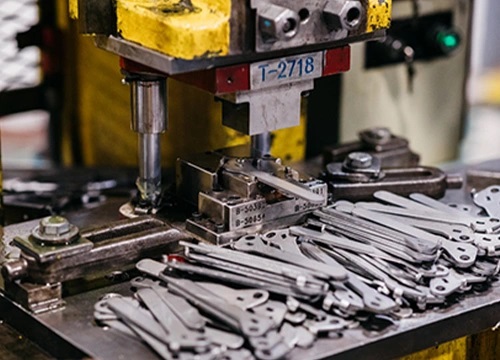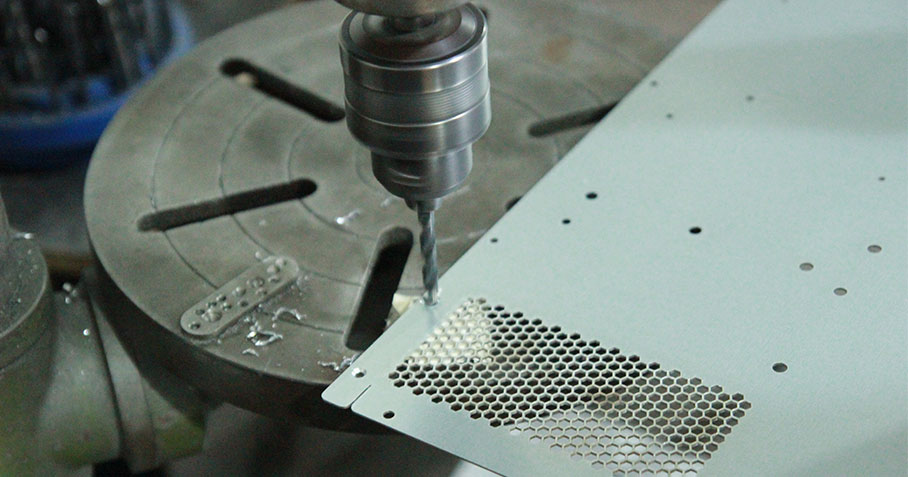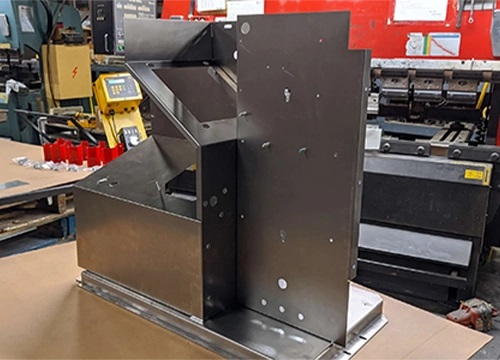As an important part of modern manufacturing, China sheet metal process is widely used in various fields such as automotive, aerospace, electronics, communications, and medical equipment. The core of this process lies in processing metal plates into parts or products with specific shapes, sizes, and performances through a series of procedures such as forming, cutting, welding, and surface treatment. With the advancement of technology and the rise of intelligent manufacturing, China sheet metal process is undergoing a profound transformation from traditional to intelligent.
Sheet metal design is the premise and foundation of China sheet metal process. In the design stage, engineers need to fully consider the performance, processing difficulty, cost, and functional and aesthetic requirements of the products. Commonly used sheet metal materials include stainless steel, aluminum alloy, cold-rolled steel plate, and galvanized steel plate, each with unique physical and chemical properties that significantly impact the processing technology and finished product performance.
During the design process, 3D modeling software such as SolidWorks and AutoCAD becomes an indispensable tool. These software programs can simulate real processing environments, helping engineers optimize design schemes and reduce trial and error costs. At the same time, simulation technologies like Finite Element Analysis (FEA) are widely used in China sheet metal process to predict key performance indicators such as strength, stiffness, and vibration characteristics of products.

Cutting: Using equipment like laser cutting machines and CNC punching machines, metal plates are cut precisely according to design drawings. Laser cutting, characterized by its high precision, high efficiency, and low pollution, is gradually becoming the mainstream cutting method.
Forming: Using equipment like bending machines and punching machines, cut plates are processed into the desired shapes. During the forming process, the precision of molds and the pressure of the equipment must be strictly controlled to ensure the dimensional accuracy and surface quality of the finished product.
Welding: For parts that need to be connected, welding methods such as argon arc welding, resistance welding, and laser welding are commonly used. The quality of welding directly affects the strength and sealing of the product, so welding parameters and processes must be strictly controlled.
Surface Treatment: To improve the corrosion resistance, aesthetics, and functionality of products, sheet metal parts are often subjected to surface treatments like spraying, electroplating, and anodizing. With the growing awareness of environmental protection, green, and environmentally friendly surface treatment technologies are increasingly valued.
Assembly: The processed parts are assembled into final products using bolts, rivets, and other means. During assembly, the accurate fitting and firm connection of each part must be ensured.

With the development of intelligent manufacturing technology, China sheet metal process is gradually achieving automation, digitalization, and intelligence.
Automated Production Line: By introducing robots, automated conveyor lines, and other equipment, the automated production of sheet metal processing is realized. This not only improves production efficiency and reduces labor costs but also minimizes human errors and enhances product quality.
Digital Workshop: Utilizing technologies such as IoT and big data to monitor and manage equipment, materials, personnel, and other aspects of the sheet metal processing process in real time. Digital workshops can collect and analyze production data in real time, providing a basis for production decisions and achieving transparency and traceability of the production process.
Intelligent Design: Based on artificial intelligence and machine learning, intelligent design systems can automatically generate multiple design schemes according to user needs and market trends and provide optimization suggestions. This not only shortens the design cycle and improves design efficiency but also meets personalized and customized needs of users.
Remote Operations and Maintenance: Through cloud computing and IoT technologies, remote monitoring, fault diagnosis, and preventive maintenance of sheet metal processing equipment are achieved. This can reduce equipment failure rates, improve equipment utilization, and lower maintenance costs.
As a key pillar of modern manufacturing, China sheet metal process is continuously developing towards intelligence and eco-friendliness. In the future, with the maturity and widespread adoption of intelligent manufacturing technology, China sheet metal process will achieve more efficient, precise, and environmentally friendly production modes, providing higher-quality and personalized products and services to various industries. Meanwhile, we should also focus on the application of new technologies and materials in China sheet metal process, continuously exploring and innovating to promote the healthy and sustainable development of this field.
